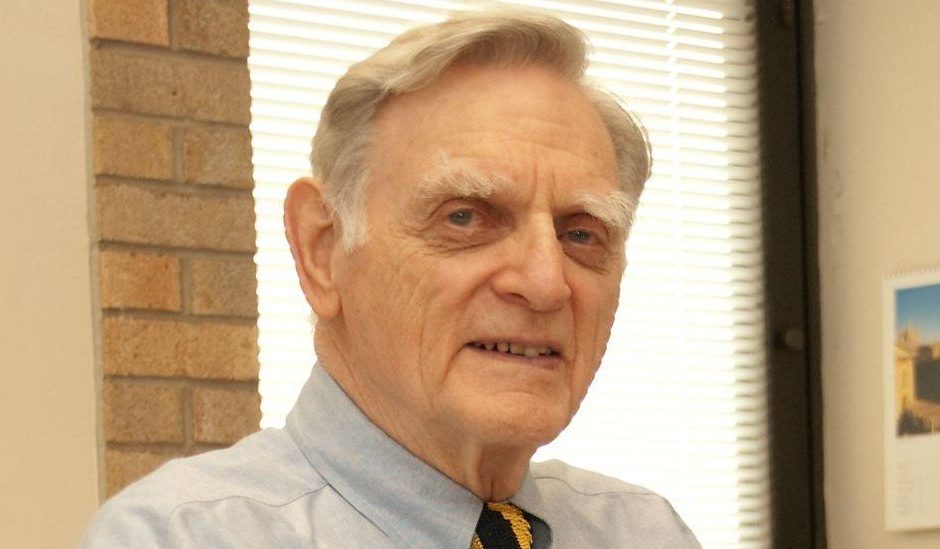The world’s oldest Nobel Prize winner.
John Goodenough, A US materials scientist, and Nobel Prize winner regarded as the key figure behind the development of the ubiquitous lithium-ion battery, has died aged 100.
Goodenough’s decades of work in the field of material science and energy storage solutions saw him awarded the Nobel Prize in chemistry in 2019, making him the world’s oldest Nobel Prize winner.
His name might not be well known as some, but the products stemming from his research and taken for granted are all around us. Think of the innumerable numbers of devices that have lithium-ion batteries. Where would we be without them? Mobile phones, laptops, electric vehicles, and just about every other high-powered mobile device could look entirely different. I don’t think a car can reliably run on a thousand AA’s.
Tributes poured in from fellow scientists and colleagues at University of Texas (via the BBC) where Goodenough was a professor. “John’s legacy as a brilliant scientist is immeasurable — his discoveries improved the lives of billions of people around the world,” said UT Austin President Jay Hartzell.
We have more to thank Dr Goodenough for. Beginning in 1952, he spent 24 years as a research scientist and team leader at MIT’s Lincoln Laboratory. During this time he worked on developing random access memory. That’s right, the RAM we have in our PCs has roots that go back to foundational work done by Goodenough and his teams.
You’d expect Goodenough to have made a lot of money as a result of his work on batteries and other technologies, but according to an obituary posted by the New York Times (paywalled) he signed away most of his rights and lived modestly.
He continued to work well into his later years. In February 2017, Goodenough published a paper demonstrating a glass battery, a type of solid state battery that promises to be superior to lithium ion batteries in just about every way.
Rest in peace sir.




